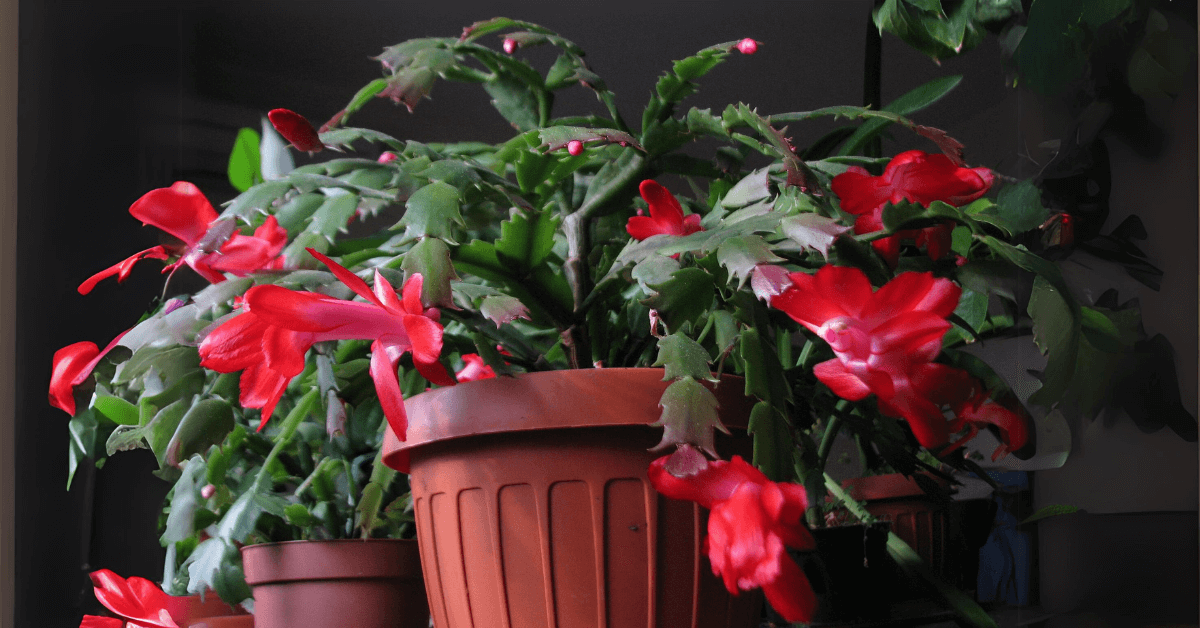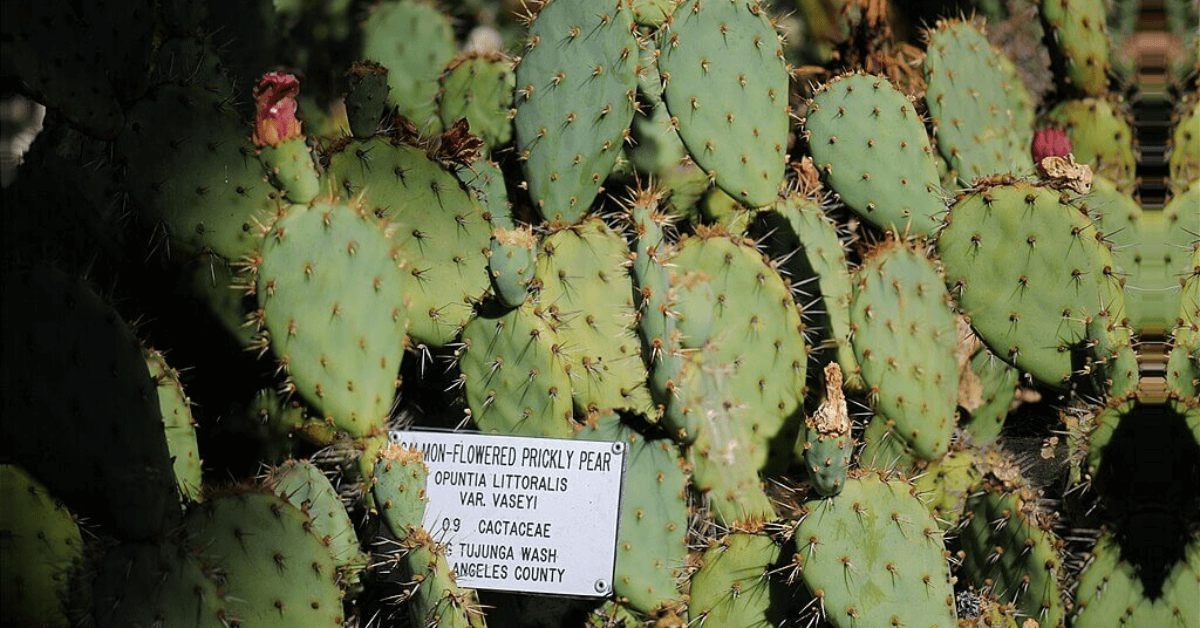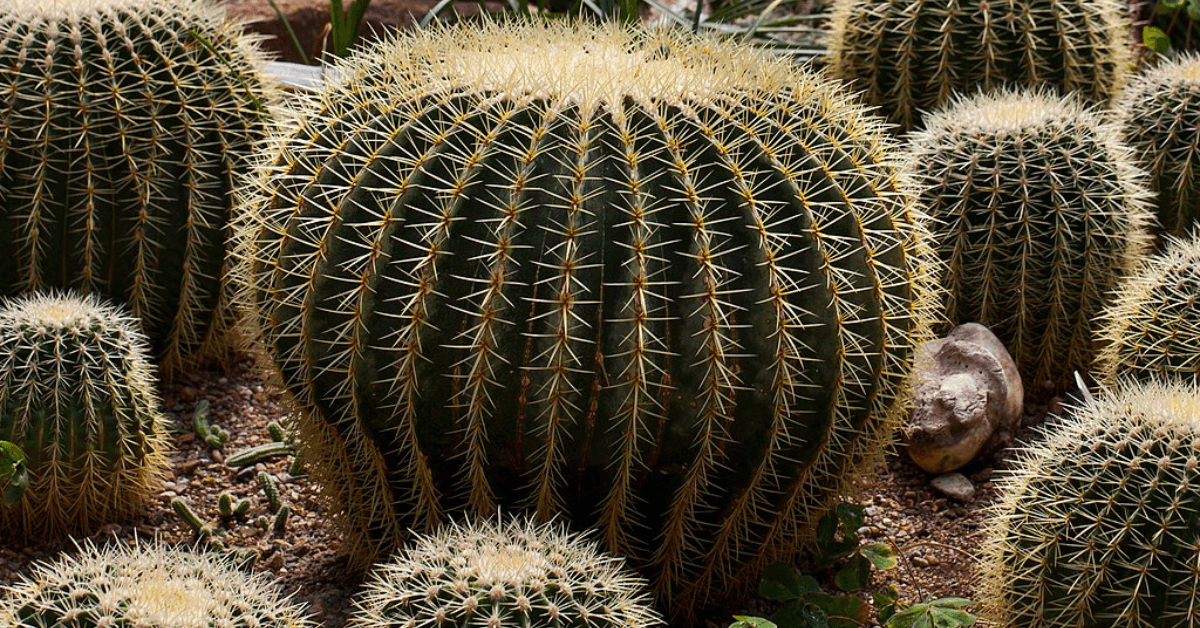Schlumbergera truncata, commonly known by several names including Thanksgiving Cactus, Crab Cactus, Zygocactus, and Fake Christmas Cactus. The leaf segments (phylloclades) of this cactus are pointed and have jagged, claw-like edges, resembling a crab’s claw, hence the name Crab Cactus. It blooms from late October to November, near Thanksgiving in the United States.
Sometimes a Thanksgiving Cactus (Schlumbergera truncata) has yellow blooms, someone might informally refer to it as a “Yellow Christmas Cactus,” but this isn’t a widely accepted or accurate name. The term “Yellow Christmas Cactus” generally refers to a Schlumbergera hybrid that blooms around Christmas with yellow or golden flowers.
It belongs to the same genus, Schlumbergera, from which the Christmas cactus (Schlumbergera bridgesii) belongs to and people often get confused due to their similar appearance and blooming times.
In this guide we will clear this confusion out and look into the care of Thanksgiving Cactus.
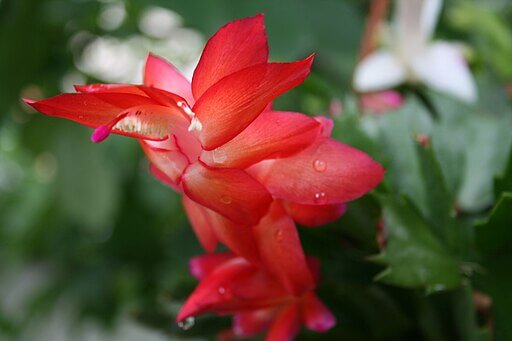
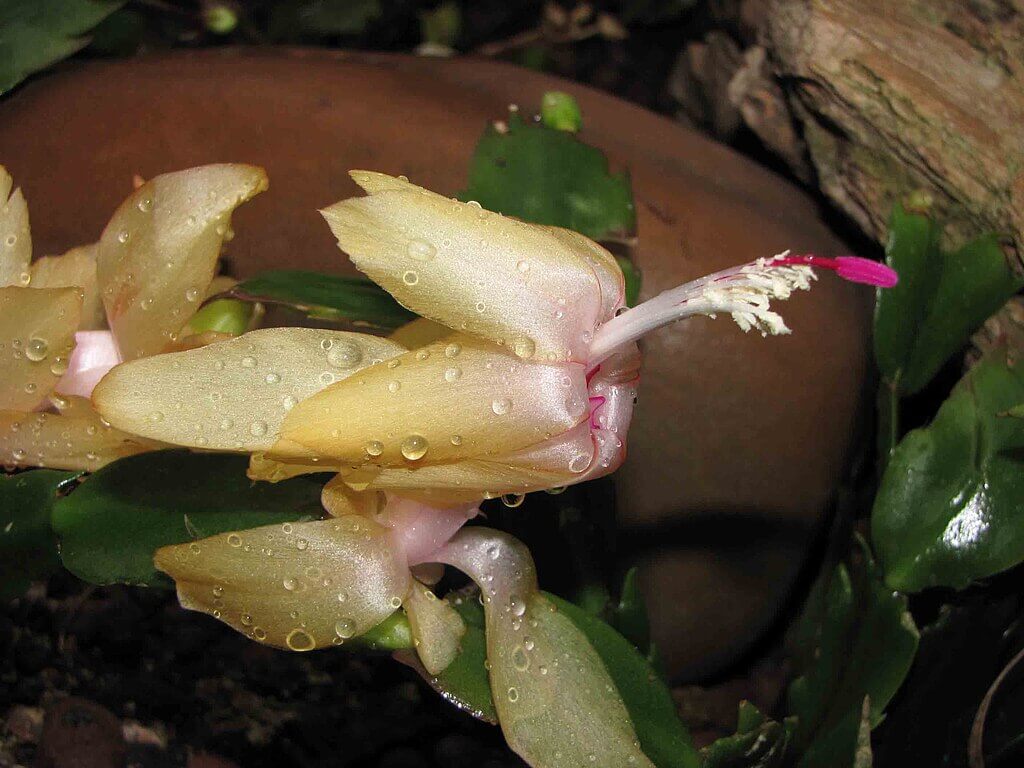
What Makes Thanksgiving Cactus Special?
- Vibrant Blooms:
The Thanksgiving Cactus is known for its beautiful, vibrant flowers, which can come in a range of colors, including pink, red, white, and the less common yellow. These blooms are tubular and appear at the tips of the leaf segments, creating a striking visual display. - Adaptability
Thanksgiving Cactus is relatively easy to take care of. It does not mind about the exact degree of humidity or temperature changes like some other plants which makes this one suitable for every indoor gardener. - Cultural Significance
The Thanksgiving Cactus in the U.S. is often associated with this national holiday, which increases its attractiveness as a festive plant. This is the time when it blooms and can be used as a lovely natural decoration during Thanksgiving festivities. - Environmental Benefits:
Like many other indoor plants, Thanksgiving Cactus is known for its ability to purify indoor air from contaminants. During harsh winters, it may also introduce moisture into the atmosphere that is often lacking.
How to Care for Thanksgiving Cactus
While the care of Thanksgiving Cactus is quite similar to the care of Christmas Cactus, the slight difference in blooming time may affect when you should start adjusting light exposure and temperatures to encourage blooming in Thanksgiving Cactus.
The table in this guide will tell you the detailed care for your Thanksgiving Cactus,
To promote blooming in the Thanksgiving Cactus (Schlumbergera truncata), it is necessary to begin altering light exposures and temperatures around six to eight weeks prior to the desired flower budding time.
Because this species usually produces flowers at the end of November, in early or middle of September you need to commence with these steps. Below is a description of how one should do it:
Adjusting Light Exposure
| Step | Details |
|---|---|
| Increase Darkness |
|
| Dark Treatment |
|
| Daytime Light |
|
Adjusting Temperature
| Step | Details |
|---|---|
| Cooler Temperatures |
|
| Avoid Temperature Extremes |
|
Maintaining the Environment
| Step | Details |
|---|---|
| Consistent Schedule |
|
| Continue Proper Care |
|
Troubleshooting Common Issues
Thanksgiving Cactus (Schlumbergera truncata) and Christmas Cactus (Schlumbergera bridgesii) belong to the same family and share some similar characteristics as well as many of their common problems too. Some of them are mentioned below but for detailed solutions of other common problems read this guide.
- Yellow Leaves: If the leaves turn yellow, it might be a sign of overwatering or insufficient light.
- No Blooms: If the plant doesn’t bloom, it might not be receiving enough darkness or cool temperatures. Adjust the light and temperature conditions to encourage blooming.
- Leaf Drop: If the plant drops its segments, it could be due to overwatering, sudden temperature changes, or drafts.
Conclusion
In conclusion, taking good care of a Thanksgiving Cactus (Schlumbergera truncata) necessitates that one understands what it needs differently from other similar plants such as the Christmas one.
Through appropriate adjustment of light exposure and temperature conditions, you can induce colorful flowers that will liven up your Thanksgiving festivities usually from mid-September.
The health of the plant heavily relies on uniformity in care, which entails adequate watering as well as avoiding temperature extremes. To maintain the cactus looking beautiful and healthy, it is essential to treat common problems like yellow leaves or lack of blooms immediately. Following these instructions will enable you to take good care of your Thanksgiving Cactus and enjoy its holiday charm every year.
You Might Also Like ✾

The Cultural World Of Cacti: Art, History, And Uses
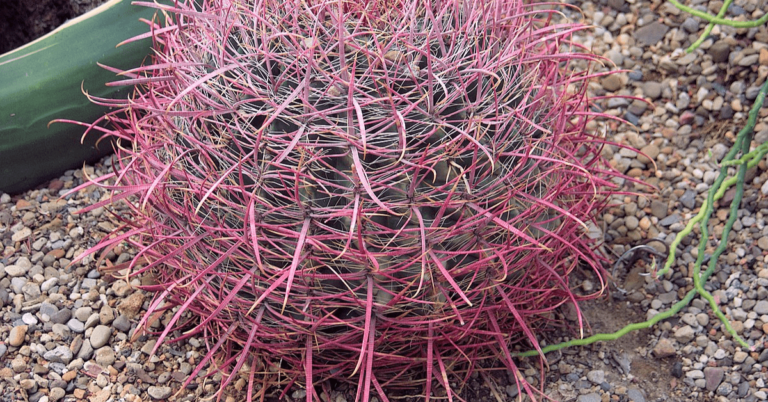
How to Grow and Care for Red Barrel Cactus
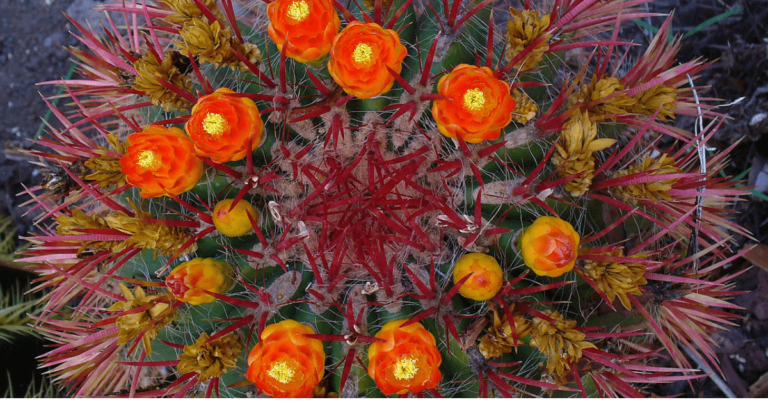
How to Grow & Care for Fire Barrel Cactus
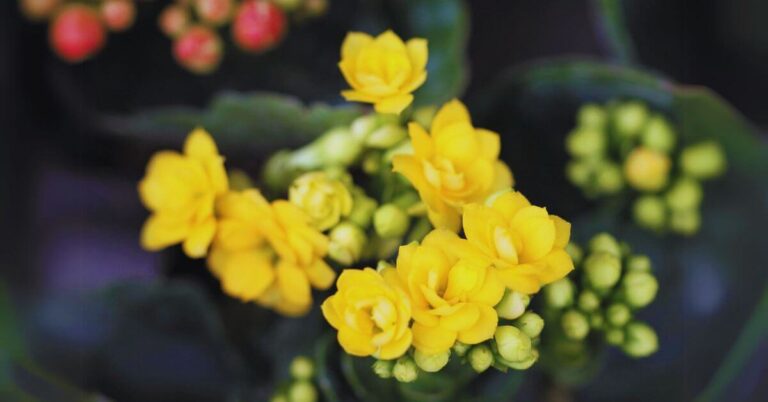
The Kalanchoe Succulent with Yellow Flowers
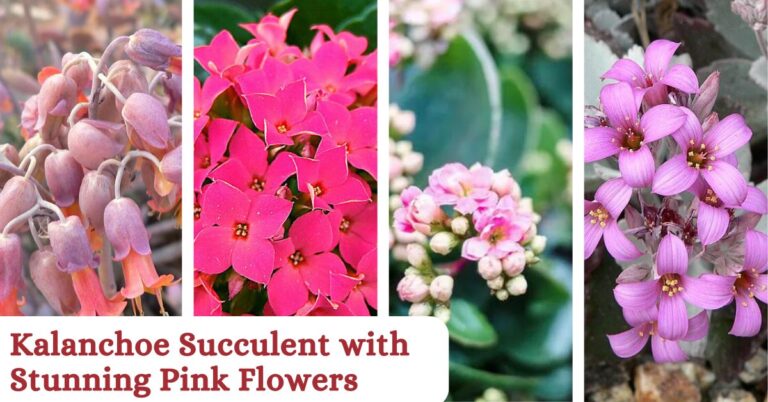
The Kalanchoe Succulent with Stunning Pink Flowers

How to Propagate Zebra Succulent from Leaves
